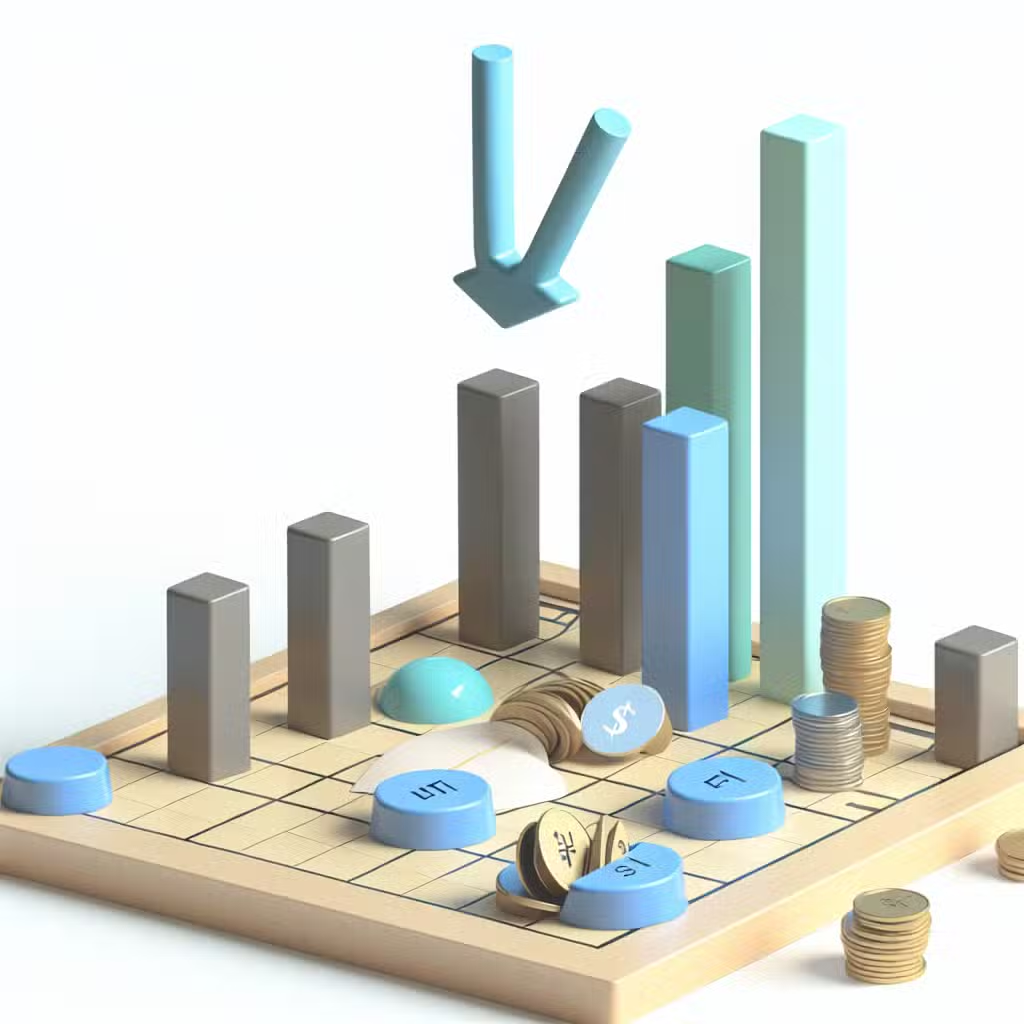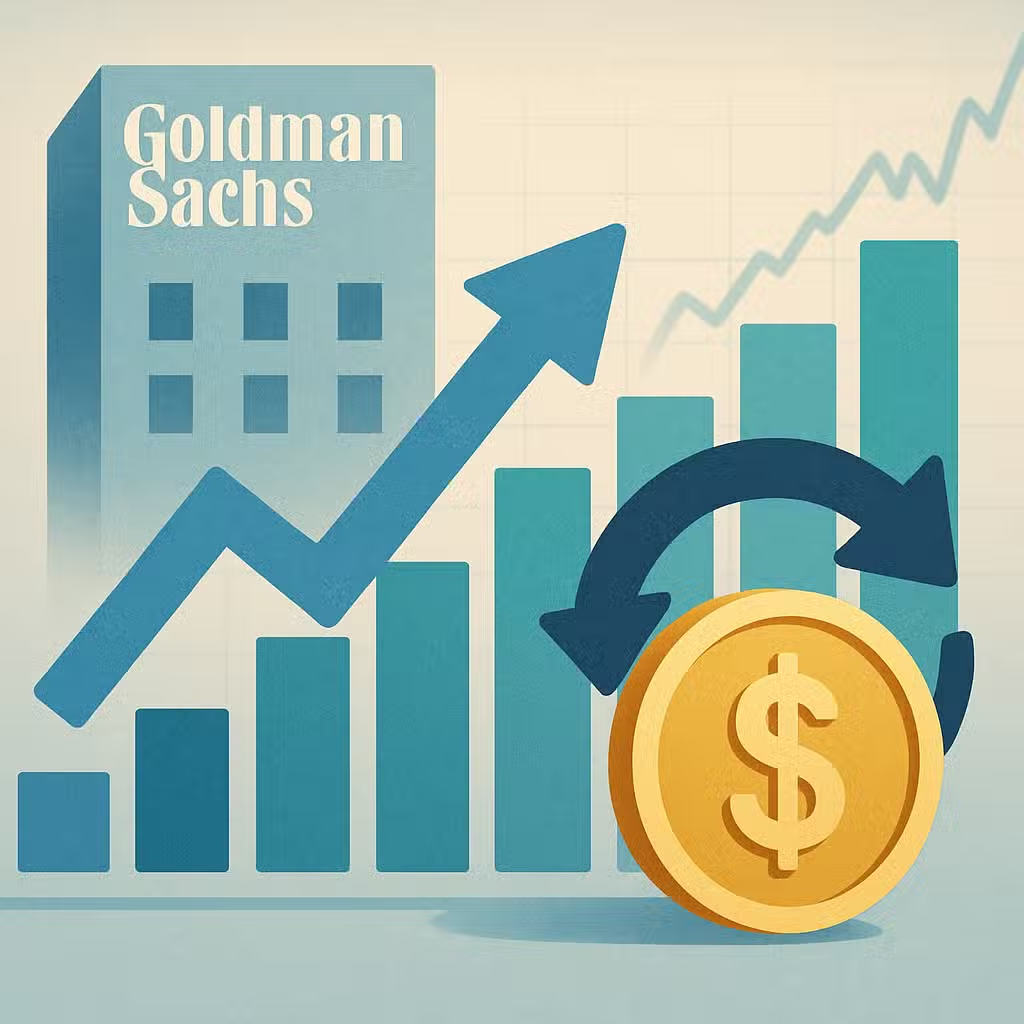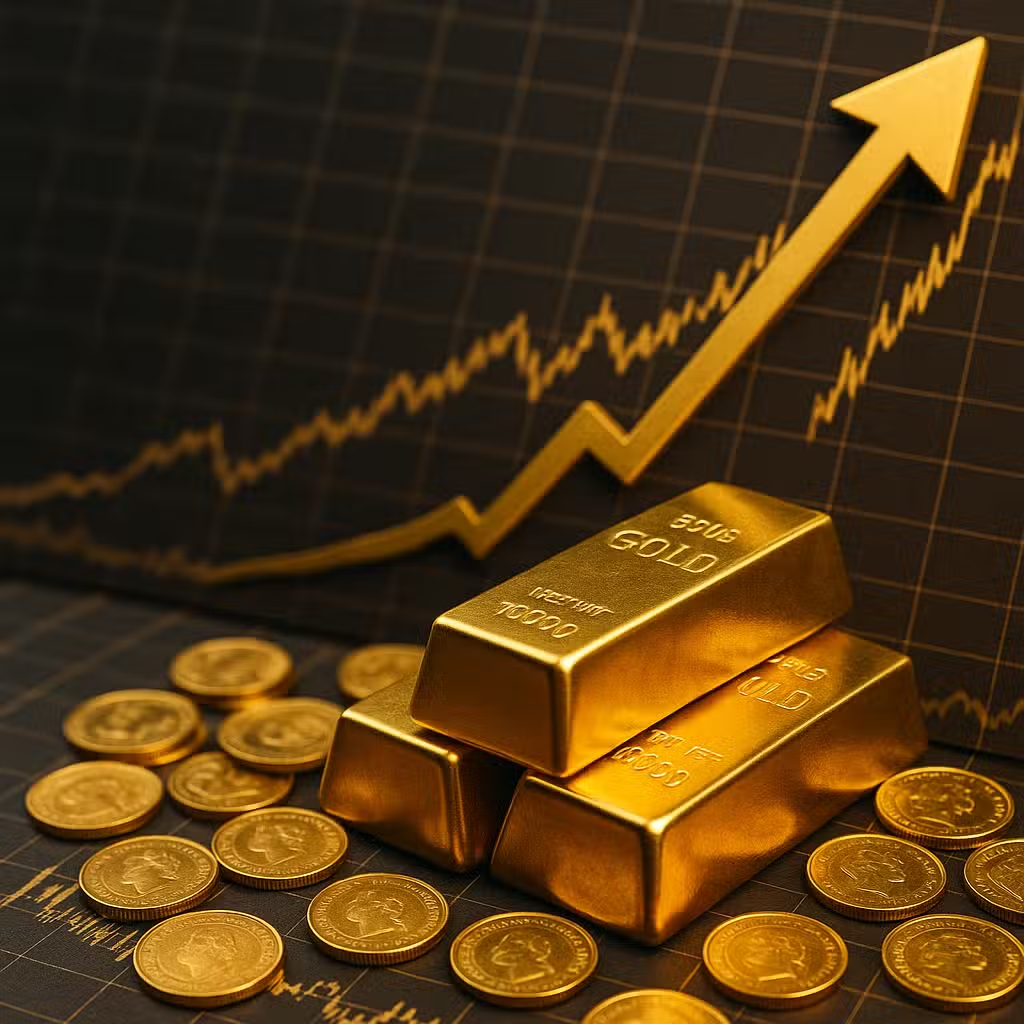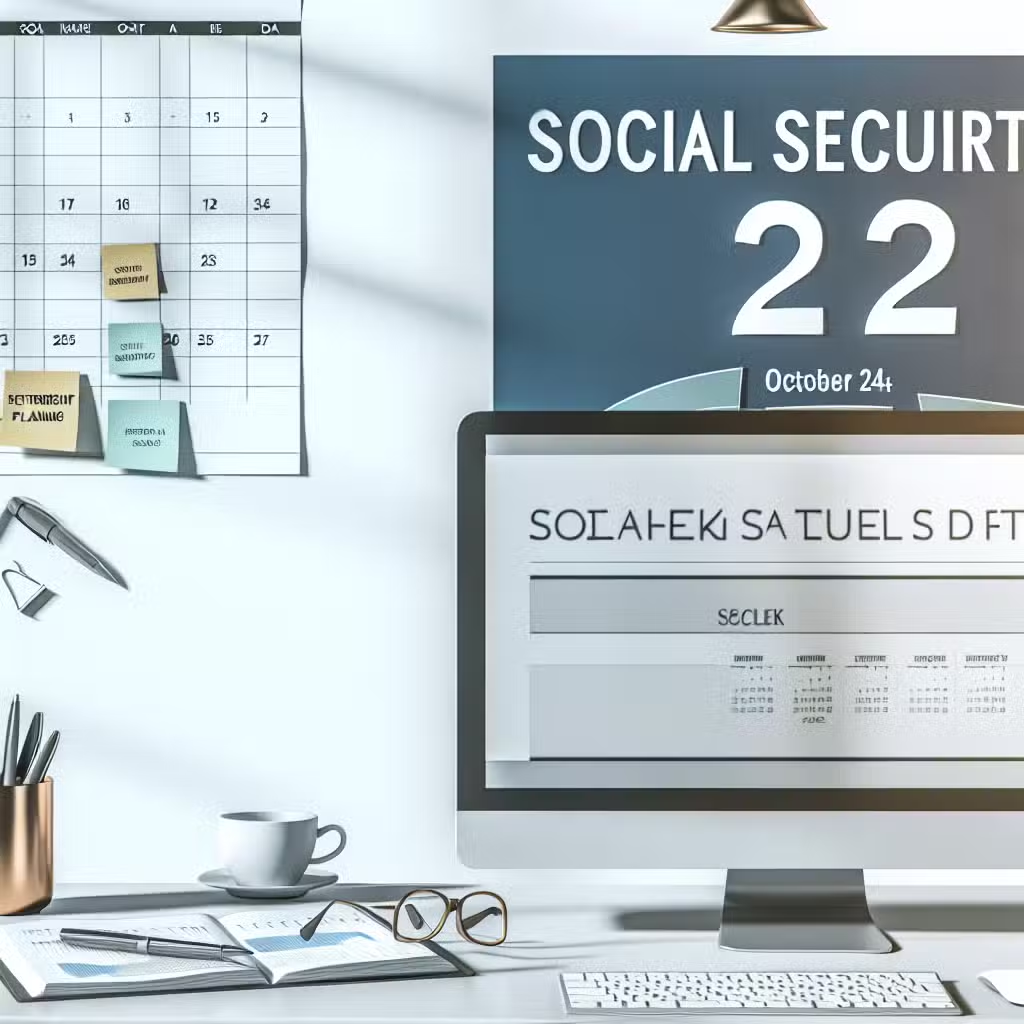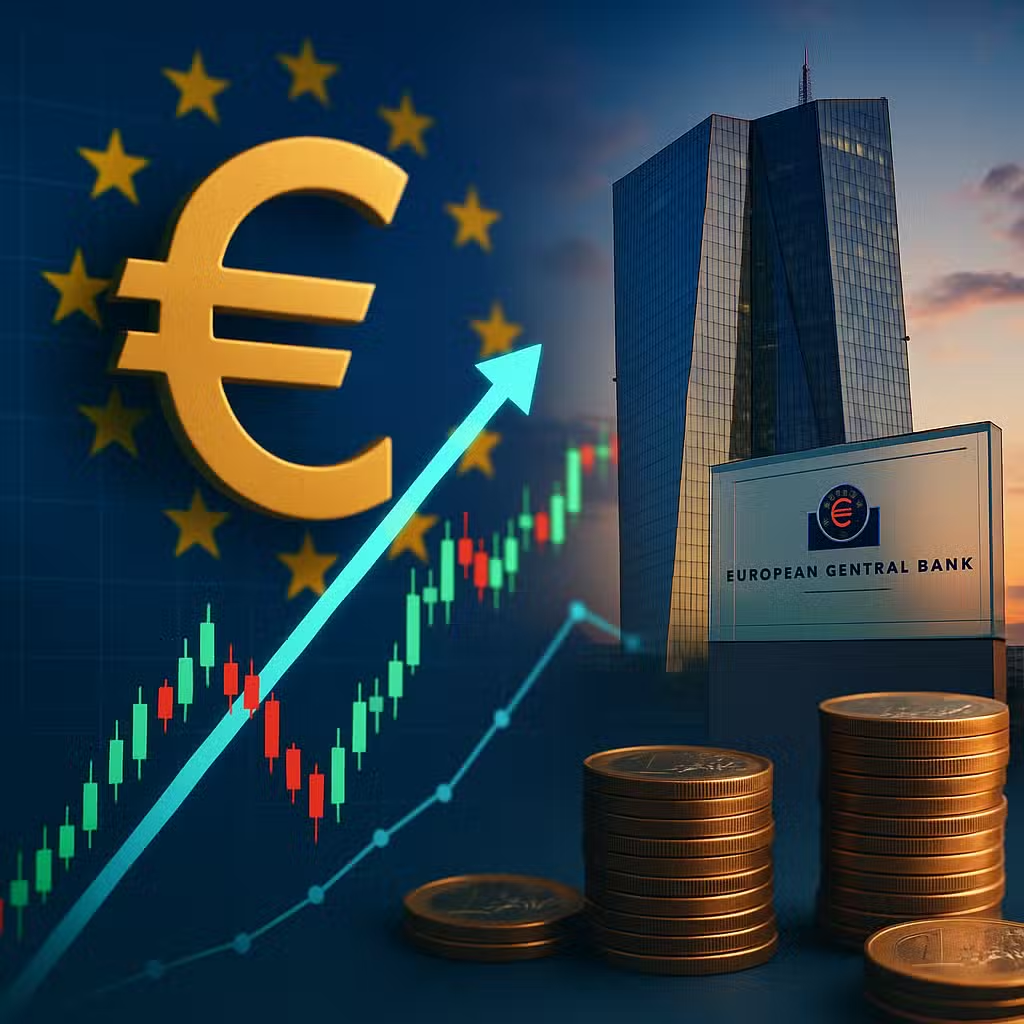Common ETF Missteps That Can Subtly Impact Long-Term Investor Returns
Picking ETFs is a bit like shopping for cereal at the grocery store—there are tons of choices, and the box that looks coolest isn’t always the best for you. With ETFs, making the wrong pick can cost you money in the long run, so let’s break down what’s happening and how you can make smarter investing choices.
Why ETFs Matter for Investors
ETFs, or exchange-traded funds, are super popular right now. Investors poured $511 billion into them in just the first half of 2025, according to Cerulli Associates. The total ETF market is now over $11 trillion! People love ETFs because they’re usually cheaper and easier to trade than mutual funds. But with so many choices, it’s easy to make mistakes that eat away at your returns.
Bull Case: Why Investors Love ETFs
- Low Fees: Many ETFs cost less than traditional mutual funds. For example, some S&P 500 ETFs have expense ratios under 0.05% (Morningstar).
- Easy to Buy and Sell: You can trade ETFs like stocks, so getting in and out is simple.
- Tax Friendly: ETFs are often more tax-efficient, which can help you keep more of your gains.
- Diversification: One ETF can give you exposure to hundreds of different companies or bonds.
Bear Case: Common ETF Mistakes
- Herd Mentality: Many people chase the hottest ETFs just because they’re popular. This is like buying a toy just because everyone else wants it, not because you really need it.
- Trend Hopping: Jumping into new themes—like AI or crypto ETFs—can be risky. These funds can be exciting but often go up and down quickly.
- Ignoring Costs: Not all ETFs are cheap. Some charge higher fees, which can quietly shrink your returns over time.
- Not Knowing What You Own: Some investors buy ETFs without understanding what’s inside, which can lead to surprises if the market moves against them.
What’s Changing in the ETF World?
There could be even more ETF options soon. The U.S. Securities and Exchange Commission may allow mutual funds to offer ETF share classes. This could give investors more choices, but also make the landscape more confusing. It’s important to know what you’re buying and how it fits your goals.
Lessons from the Past
History shows that chasing hot investments rarely works out well. For example, during the tech bubble in the late 1990s, many people bought technology funds at their peak, only to lose money when the market crashed. A 2019 S&P Global study found that most active funds underperform the market over time, and jumping from one trend to another often leads to lower returns than sticking with a simple, diversified strategy.
Investor Takeaway
- Don’t just follow the crowd. Pick ETFs that fit your long-term goals, not just what’s popular today.
- Watch the fees. Even small differences in expense ratios can add up over time.
- Understand what you own. Read about the ETF’s holdings before you buy.
- Stay diversified. Don’t put all your eggs in one basket or one hot theme.
- Be patient. The best results often come from holding good investments for the long haul, not jumping in and out.
For the full original report, see CNBC

